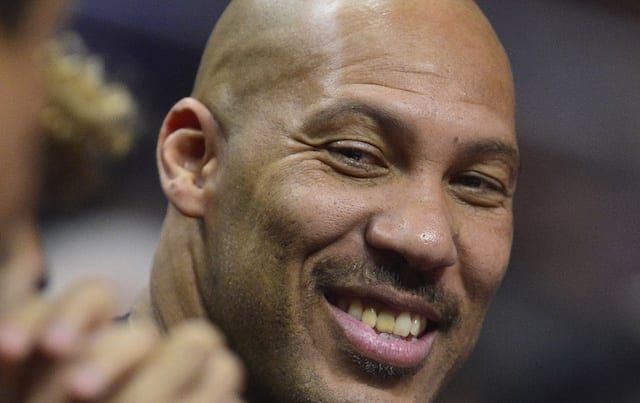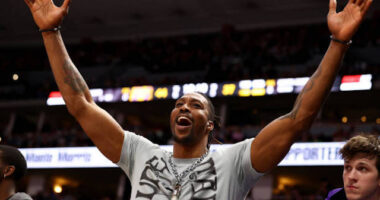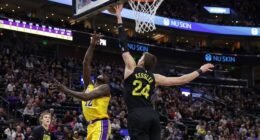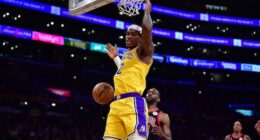While the sting of the most recent finals matchup between the Lakers and Celtics still lingers for Boston fans, perhaps the most thrilling defeat of the Celtics came at the hands of one of the greatest Lakers, Earvin “Magic” Johnson.
It was game 4 of the ’87 Finals, with seven seconds left on the clock Magic took the inbound pass to the left of the key and feigned a 20-foot jumper, running around Kevin McHale he drove into the key and lifted a shot which just cleared the fingertips of McHale and Robert Parish.
The Lakers took the lead, on Magic’s clutch, running baby sky-hook.
It’s a shot that cemented Johnson’s status as one-of-the-greats, captured the respect of fans and placed him at the same level as Larry Bird. Even non-Lakers fans could see why a city that was bred to bleed Dodger blue became so infatuated with Johnson’s “Showtime” Lakers.
I’d be lying to you if I said I witnessed that game live as it streamed from my parents TV set; I was only three. For me, the play-by-play in the opening line comes to fruition on the occasional Sunday night classics game, but the sentiment behind the meaning of that shot is the same regardless of time and place.
You know the outcome of the game, you know that eventually five days later Johnson claims his third NBA championship, but watch nonetheless because at six-foot-nine, with the ability to play five positions, you know there’s never going to be another player like Johnson in your lifetime.
Like any great iconic figure, his on-and-off the court persona, 1,000 watt smile and infectious charisma meshed so well with the city of Los Angeles and its residents that he’s remained relevant years after hanging his jersey, seamlessly bridging the gap between generations.
That’s easier said than done in a city famous for dropping people like cell phone companies drop calls.
After spending 13 seasons in a Lakers uniform, Johnson’s presence was still felt in the community through his countless charitable contributions, business endeavors and in acquiring a piece of the Lakers in June 1994, representing about 4.5 percent of the franchise.






